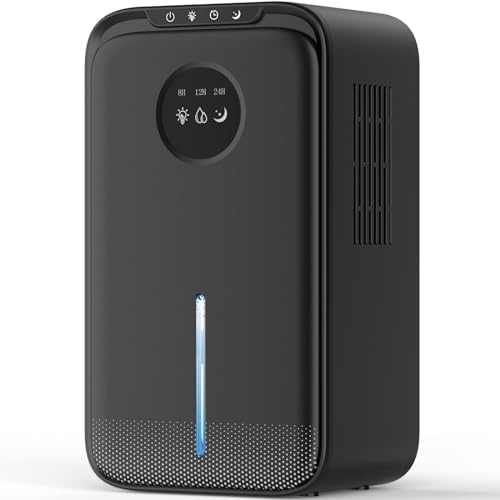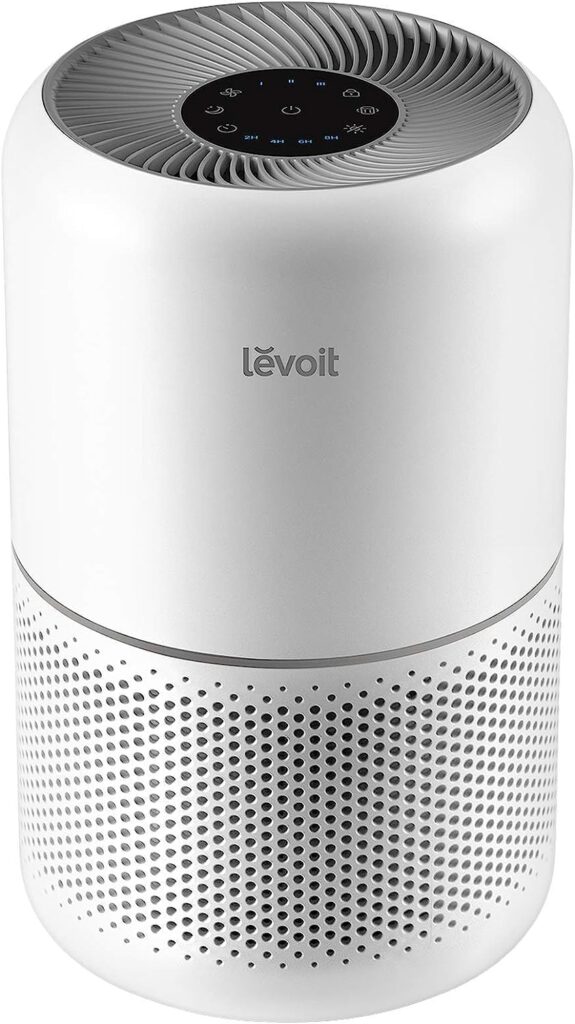In today’s fast-paced life, we often overlook one crucial aspect – the quality of the air we breathe. However, indoor air quality has a huge impact on our health and comfort. Everything from household dust and allergens to the evaporation of harmful chemicals can contaminate our indoor air, posing potential risks to our health. Therefore, it’s crucial to take some simple steps to improve your home’s indoor air quality. In this article, we’ll explore some easy-to-implement methods to help you improve your home’s indoor air quality and create a healthier, more comfortable living environment.

image from Martha Stewart
Vacuum carpets, rugs and furniture regularly to remove dust, dirt and allergens.
Clean surfaces frequently with a damp or electrostatic cloth to capture particles.
Clean or replace the filters in your heating, ventilation, and air conditioning (HVAC) system regularly according to the manufacturer’s recommendations.
Ventilate Your Home

image from Nymphs Lamps
When weather permits, open windows and doors to allow fresh air to circulate through your home.
Use exhaust fans in bathrooms and kitchens to remove moisture and pollutants from cooking and bathing.
Consider installing an air exchange system or heat recovery ventilators to bring in fresh outdoor air without sacrificing energy efficiency.
Control Humidity Levels

image from amazon
Keep indoor humidity between 30-50% to prevent the growth of mold and dust mites. If necessary, use a dehumidifier.
Fix leaks and plumbing issues promptly to prevent moisture buildup.
Avoid Smoking Indoors
Implement a strict no-smoking indoors policy to prevent the build-up of harmful pollutants such as second-hand smoke.
Use Natural Cleaning Products
Choose natural or eco-friendly cleaning products to minimize exposure to harmful chemicals and volatile organic compounds (VOCs).
Limit Indoor Pollutants
Be aware of activities that release indoor pollutants, such as lighting candles, using sprays, or cooking without proper ventilation.
Use a range hood when cooking to remove cooking fumes and reduce indoor air pollution.
Introducing Indoor Plants

image from Verde Nook
Certain indoor plants, such as spider plants, peace lilies, and snakeroot, can purify indoor air by absorbing toxins such as formaldehyde and benzene.
Keep Your Pet Clean

image from farmhouseliving.com
Bathe your pet regularly to reduce dander and allergens. Also, clean your pet’s bed frequently.
To Test for Radon
Radon is a colorless, odorless gas that can seep into homes and cause lung cancer. Test your home for radon and take necessary steps to mitigate it.
Invest In an Air Purifier

image from amazon
Consider using a HEPA (High Efficiency Particulate Air) filter in a stand-alone air purifier to effectively capture airborne particles and allergens.
We also need to pay attention to a healthy life while working. Improving the indoor air quality of our homes is one of the important measures to protect our health. Through simple methods such as regular cleaning, good ventilation, controlling humidity, reducing indoor pollutants, and using air purifiers, we can effectively reduce indoor air pollution and improve our quality of life. So let us spare no effort to focus on and improve the quality of the air we breathe, making our homes a haven of health and comfort.